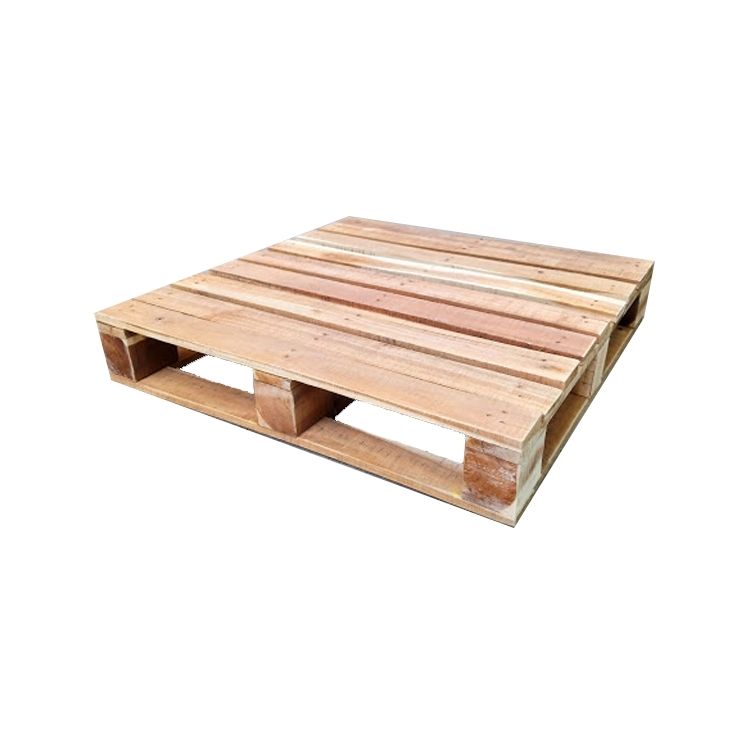
While safety is often a key consideration when choosing cargo straps, the cost is now another factor in switching to a better alternative. With the increasing price of steel, composite belts are no longer just an alternative with equivalent strength and safety for users and customers, but now high-quality composite straps are also an option more economic.
Why should we replace steel straps with high-quality composite straps?
Many companies in Vietnam have now completely switched from using steel belts to high-quality composite straps. Furthermore, some companies no longer allow imported products to be tied with steel straps for safety reasons.

While durability is a key factor, premium composite straps offer many other benefits over steel straps, such as:
- Easier to use and safer to use because the belt has no sharp edges, the high-grade composite belt is light and soft, does not scratch the product, and does not need to wear gloves when using. When removing the rope, it does not bounce, causing danger to workers and consignees.
- Good shock resistance, limited impact during transportation, fixed, prevents the goods from being broken
- It can be reused many times, save costs, protect the environment
- No rust, rot, or product damage
- Durable against all weather conditions
- Minimizing collisions in freight transport: can be tightened, hugging the cargo box, keeping the goods from being broken.
- The weight of the belt is 6 times lighter than that of the steel belt, so it is very maneuverable, saving maximum time and labor.
In addition, steel straps are now no longer a low-cost option. Compared to composite straps of the same length and size, composite straps are a much more economical choice.
With the lower cost of steel belts and the multitude of great benefits mentioned above, now is a good time to finally make the switch to high-quality composite straps instead of steel straps.
Some frequently asked questions about high-quality composite straps?

- Why is there a polypropylene coating on the outside of the composite belt?
The coating used in composite belts increases friction inside the buckle and ensures the belt has a highly maintained tension. The raw materials used to make the polypropylene coating determine the versatility of the strap. If a cheap coating is used, the strap will be very stiff in operation, especially at lower temperatures. The high-quality coating will peel off the inside of the buckle as you stretch the belt. Peeling will increase friction inside the lock and give you a visual indication that you have reached optimal tension. If the system is overstretched, it will be less shock absorbent.
- Are composite straps heat-resistant?
Heat or chemicals are not an issue for high-end composite belts. Composite straps are compatible with most chemicals.
- Do composite straps stretch/elongate?
Steel straps with permanent elongation. This means that on the impact the steel belt will lengthen and potentially break rather than bounce back to its original shape, as for the composite belt with elastic elongation. This means that during impact, the composite belt absorbs energy, stretches out, and bounces back to its original shape.
Learn more about how to use composite straps in detail here.




















